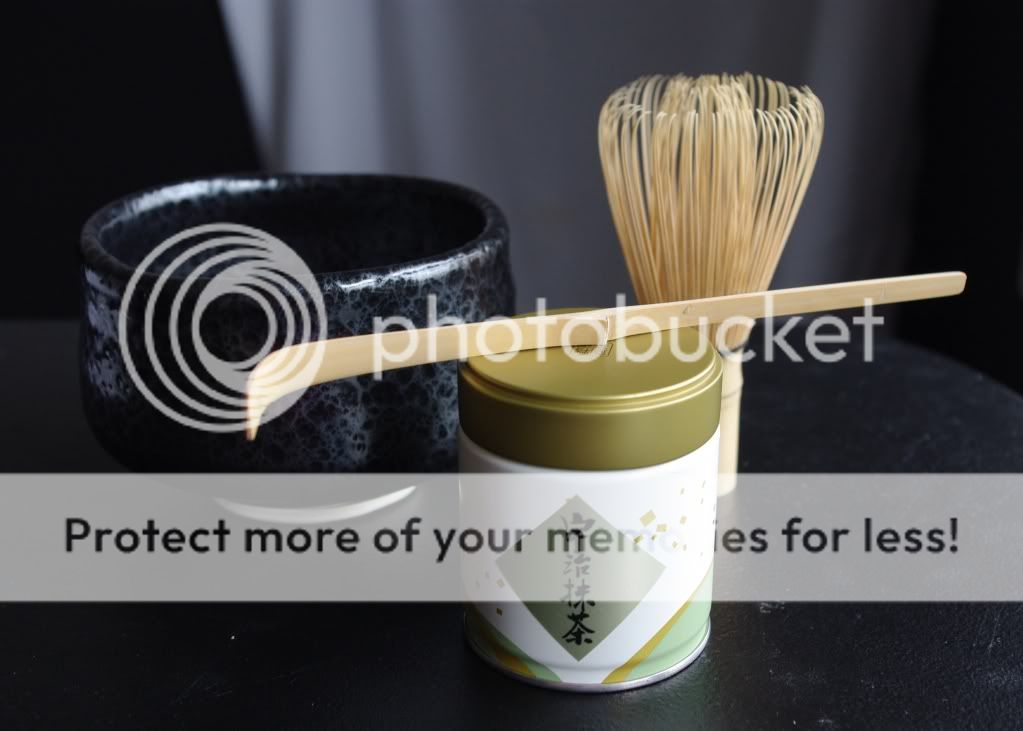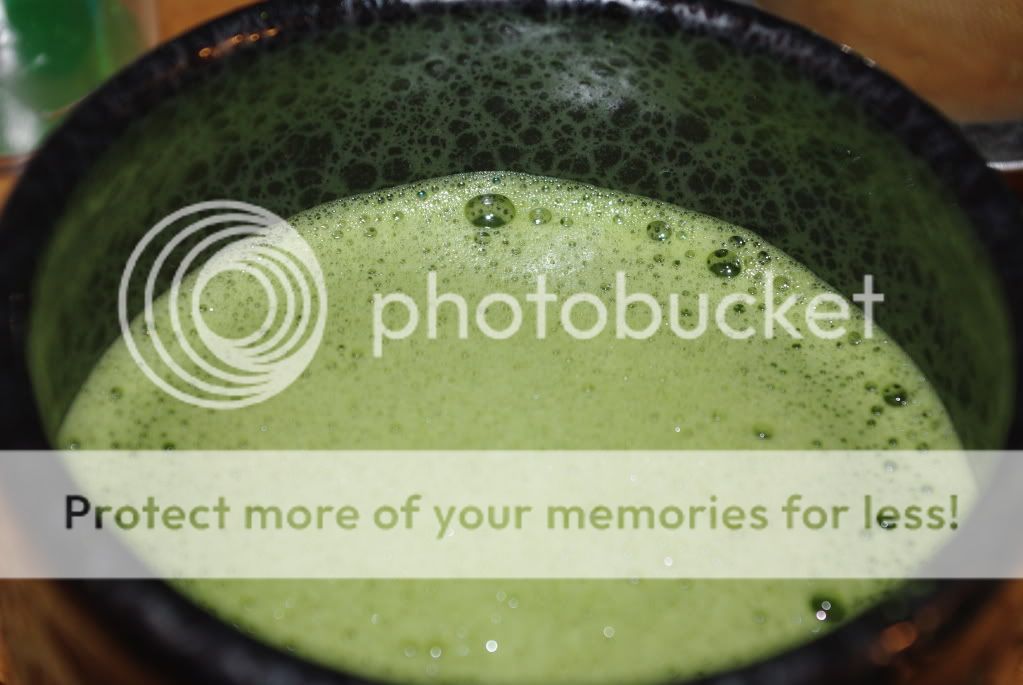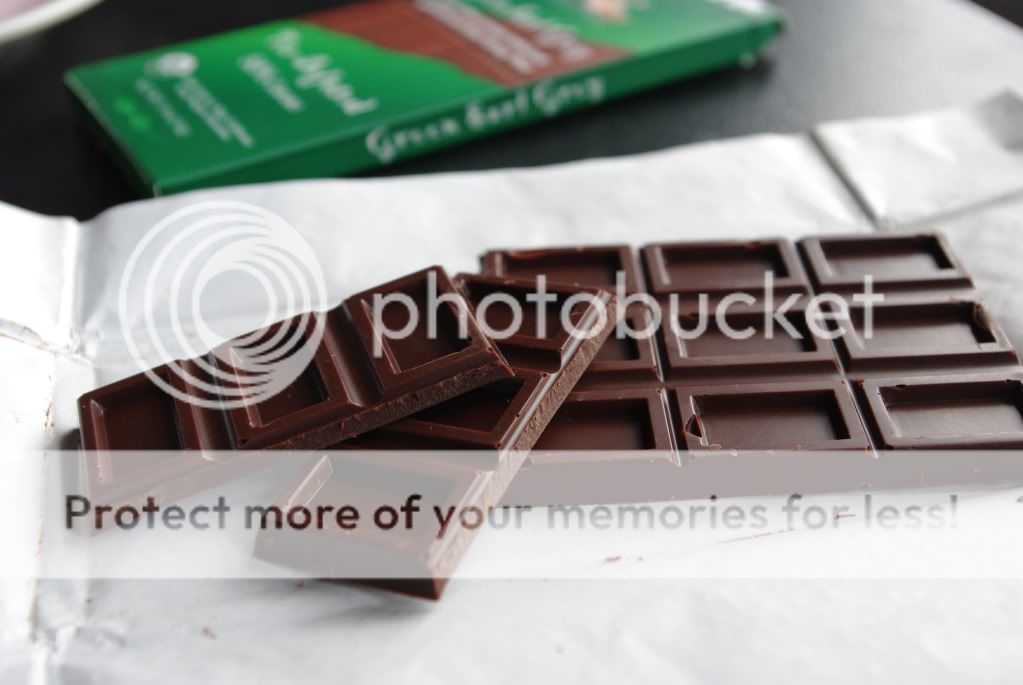Type: Black
Origin: India
Price: Sample (regular price - $6.00 for 50g. Also available in 100g and 250g packages)
Vendor: David’s Tea
Brewing Method: Per Instructed - 1 teaspoon of leaves, 1 cup of filtered water, heated to 200°F-205°F, steeped for 3 - 5 minutes
Overall Score: 3.8 out of 5
Black Celebration is a mix of black tea, orange peel, rose petals, apple, almonds, cornflower, cinnamon, papaya, pineapple, peach, cranberries, and rosehip – holy ingredients batman! The first thing I smell is the cinnamon and then a mix of different fruit flavors like orange, pineapple, and peach. Each time I smell the blend, a different fruity aroma hits me.
The blend reminds me of confetti. I think it is the most colorful blend I have seen yet. I can see chunks of pineapple, sliced almonds, rose petals, cranberries, and other dried fruits. I can barely find the black tea through all the other ingredients.
The liquor smells more like cinnamon than anything – it really overpowers the rest of the aromas. It is a pretty light brown color.

The cinnamon is front and center in the taste, giving it a spicy flavor. After I get over the cinnamon, I can taste the fruit, especially pineapple and cranberry. After I take more sips the cinnamon ends up being all I can taste.
I am kind of disappointed because I wanted to taste all or at least most of the fruit flavors, but the cinnamon just masks everything. Because of the cinnamon, the tea ends up being more spicy than sweet. Maybe milk would help mellow the harsh cinnamon out a little.
Tuesday, March 31, 2009
David's Tea's Black Celebration Review
Saturday, March 28, 2009
Finally, Some Real Matcha
While in Chicago a few weeks ago, we visited a Japanese market place. My boyfriend, his dad, and brother were there to buy food for that night’s dinner… soup and sushi… which ended up being rather awesome, by the way. I followed close behind and waited patiently until we hit the tea aisle.
One side of the aisle was all green tea; the other was a mix of black, oolong, and “weight loss” tea (which I couldn’t help but to smirk at). I thought about buying some loose green tea, however most of the tea was in transparent bags and I could clearly see they were loaded with stems and twigs. I passed on the loose stuff, although I found some matcha that interested me.
The particular can of matcha that I ended up getting was, according to the only English-like characters on the label, Yamashiro Uji Matcha. I was really anxious to try it because the only matcha I’ve had so far was Teavana matcha which was horrible – bland taste and almost no foam.
The Uji matcha was very nice. It was smooth, thicker than the Teavana matcha, and produced a beautiful layer of foam when whisked. I’m sure this matcha is not the highest grade out there, but it was full of enough flavor for me to drink it every morning for five days straight.
Tuesday, March 24, 2009
David's Tea's Turkish Delight Review
Type: Black
Origin: Turkey
Price: Sample (regular price - $6.50 for 50g. Also available in 100g and 250g packages)
Vendor: David’s Tea
Brewing Method: Per Instructed - 1 teaspoon of leaves, 1 cup of filtered water, heated to 200°F-205°F, steeped for 3 - 5 minutes
Overall Score: 4.1 out of 5
Turkish Delight is a blend of Turkish apple tea (black tea with dried apples) plus pistachios, almonds, and spices. This is a very colorful blend. The dry leaves smell fruity and sweet. I can see big chunks of dried apple and pistachios. There are also sliced almonds and other spices that can be seen throughout the blend. The aroma of the dry leaves is very pungent – everyone in the room will surely get a whiff of it and know it’s time for tea.
While brewing the tea smells equally as fruity as the dry leaves. It also has a spicy aroma floating in the background. The liquor is a pretty tan or copper color.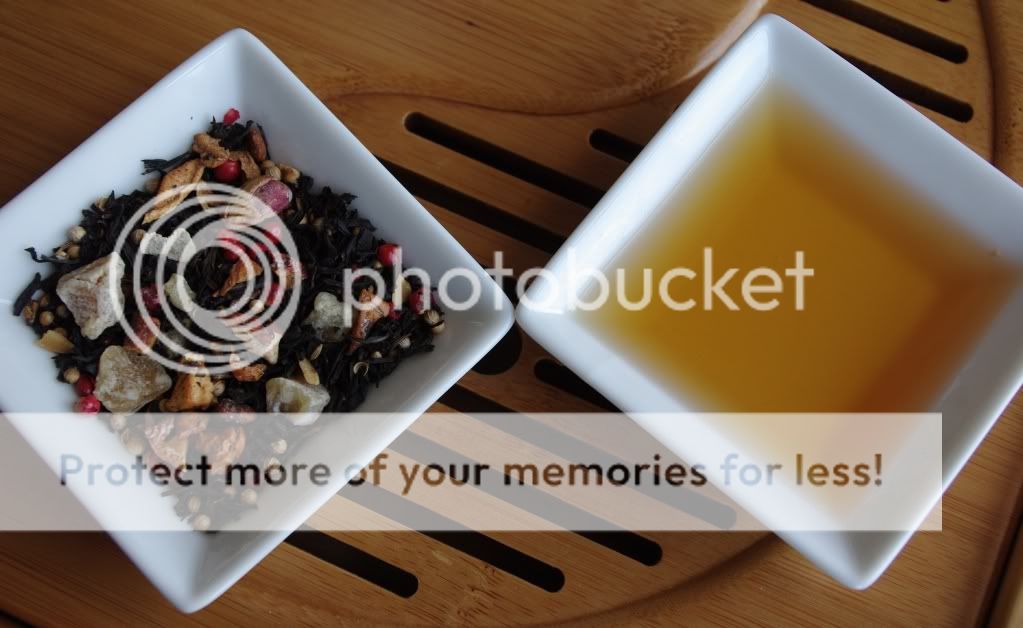
The taste is super sweet, brisk, and fruity. I can really taste the apple flavor with a little bit of heat or spiciness in the aftertaste. It is slightly nutty, but with two kinds of nuts in this blend I thought I would taste the nutty flavor a little more.
It is not bitter or astringent. It is actually very refreshing which makes me wonder what this tea would taste like when iced.
Friday, March 20, 2009
David's Tea's Sencha Ashikubo Review
Type: Green
Origin: Ashikubo Valley in Japan
Price: Sample (regular price - $18.75 for 50g. Also available in 25g and 100g packages)
Vendor: David’s Tea
Brewing Method: Per Instructed - 1 teaspoon of leaves, 1 cup of filtered water, heated to 200°F-205°F, steeped for 4 - 6 minutes
Overall Score: Their Instructions: 1.5 out of 5; My Instructions: 4.2 out of 5
Sencha Ashikubo is said to be “less grassy” and have a “hint of toast that comes from the firing process,” according to David’s Tea’s website. The dry leaves certainly look and smell like Sencha. However, I do notice a slightly roasted smell in the background. The leaves are, although small, are long, thin strands. They kind of remind me of blades of grass. There are a lot of tiny broken particles, as well.
The aroma of the freshly brewed tea is stronger than normal for greens. It is very grassy, vegetal, with a hint of nuttiness. The liquor is a bright yellowish-green color.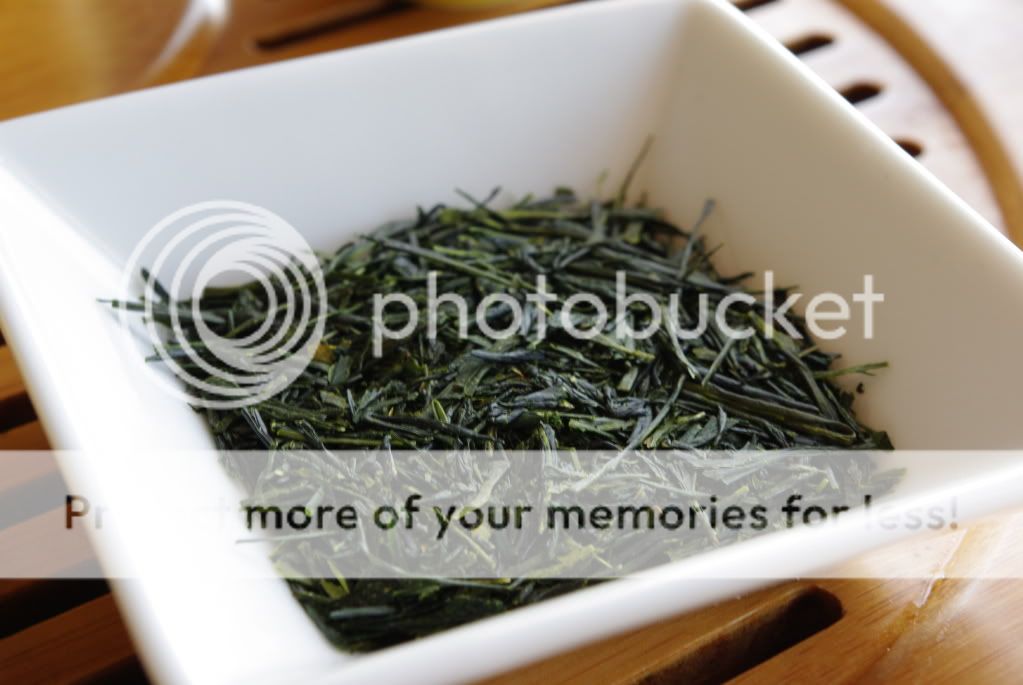
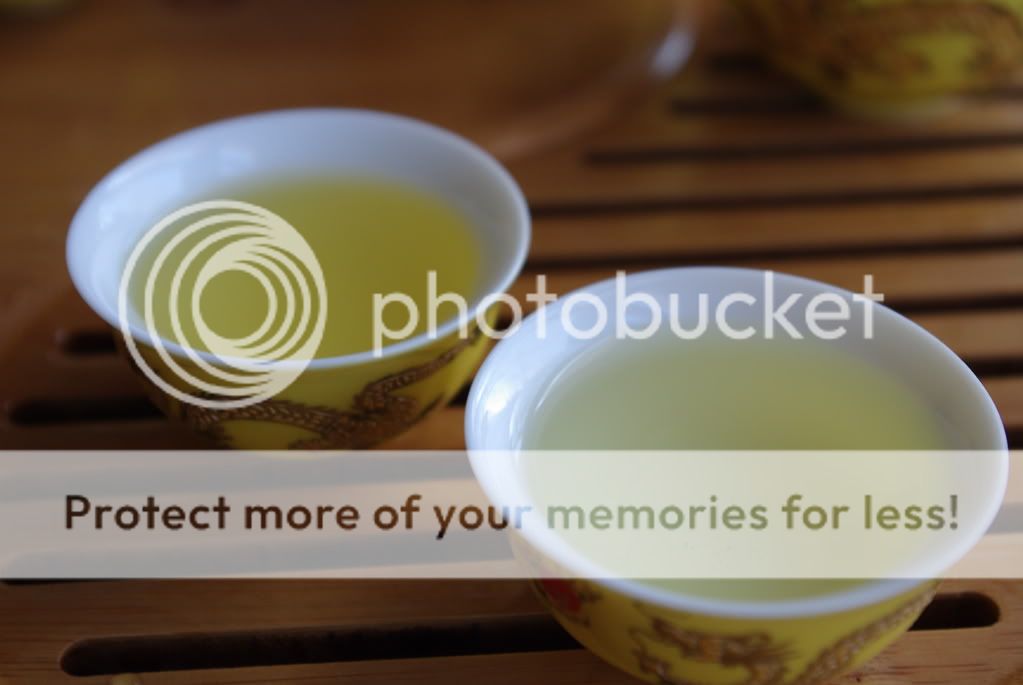
After being steeped for 5 minutes, the taste is just as expected - extremely bitter. It was all I could do to choke down one 2 oz. cup. The tea is very strong and astringent, also. The bitterness coats my tongue which ends up being the only thing I can taste. About 15 seconds after swallowing, the grassiness of the tea finally shows up in the aftertaste.
So, let’s try this again. This time the tea will steep in 160°F water for 1 minute.
The aroma is very subtle. It is ever so slightly grassy with a buttery smell, as well. The liquor is a very light green color – much lighter than the first cup.
Ah, there is the Sencha that I know and love. A subtle but sweet grassiness is what I taste first, and then a pleasant mix of nutty and buttery fills in. It is a lot smoother on the tongue than the first cup. I found this cup to still be faintly bitter and a little astringent, but it didn’t really hurt me any.
When I do tea reviews, I always brew it according to the vendor’s instructions because that is how non-tea-freaks are going to do it. When you buy from a specialty store, you trust them to be experts on what they are selling – so you are going to do as they say.
However, I still do not understand why the instructions for this tea are the way they are. I don’t mind some bitterness with tea now and then (I NEVER add sweeteners) but I think brewing this tea as instructed by the vendor is undrinkable.
I know my instructions are not perfect either. Everyone has their own tastes. However, my suggestion is to lower the water temperature A LOT and set the steep time to around 1-3 minutes.
Sunday, March 15, 2009
Do You See What I See?
About a month ago I reviewed a tea called Black Frost from The Simple Leaf. During that particular day, the tea was hot and the weather was cold… throw in a drafty room and you get lots of steam. I started taking random pictures of the steam and when I analyzed them on my computer, this picture made me gasp.
Maybe it is just my over-active imagination, but this is the only picture that I took that (in my opinion) resembled a tangible object. What I see is a woman with long, wavy hair facing slightly to the left (her right).
Check out the arrows that I have drawn and labeled and compare the two pictures. Can you see it? Do you see something different from what I see? Do you see anything at all? Do you think I’m crazy? Haha!
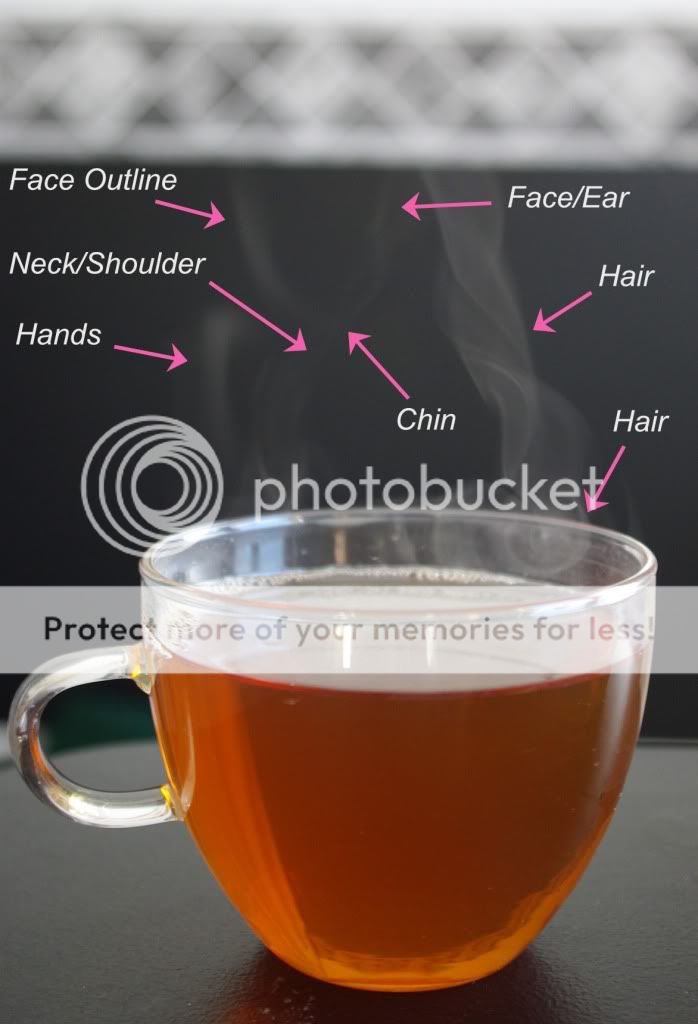
Wednesday, March 11, 2009
Tea-Infused Chocolate
While in Chicago last weekend, I went to the World Market. Beside the fact that I could have spent all day in there… the place is very unique with its mostly organic food, specialty cookware, rare home décor, etc.
When I found the tea section, I was a little disappointed to see nothing out of the ordinary – the usual brands of tea that can be found in big name grocery stores. However, I did find some tea-infused chocolate in which I found interesting.
Green Earl Grey Dark Chocolate

The title is self explanatory. The ingredients are 90% organic. When I finally opened the package (it was a little hard to get into) it smelled like chocolate more than anything. I couldn’t smell the tea or bergamot oil at all.
It was like a battle of sweet and bitter and I’m not really sure who won. Since dark chocolate is both bitter and sweet and tea is both bitter and sweet… I know I made a weird combination of facial expressions while tasting the candy – kind of like “What the holy hell did I just put in my mouth?”
Nonetheless, it was rather good. After eating three little squares I have made the conclusion that although it was good, the dark chocolate ends up taking over… I think milk chocolate would have been a better match for this type of tea.
Organic Masala Chai Milk Chocolate

This chocolate bar includes milk chocolate (duh), black tea, cardamom, cinnamon, pepper, and cloves. I could smell the spices and then the milk chocolate as I opened the package. It smelled a lot like pumpkin pie.
The cinnamon was the spice I tasted the most, but the milk chocolate was front and center. The cloves were close behind. It seriously tasted like pumpkin pie in candy bar form. I really liked this one.
I wish I would have bought more than one bar of this kind (I only bought one of each) but each of these bars was $2.99. The only other tea-infused bar that they had at this particular store was white chocolate infused with chamomile. I am not a fan of white chocolate so I passed on that one.
You can find more information about tea-infused chocolate at The Tea Room.
Wednesday, March 4, 2009
David's Tea's Lu An Gua Pian Review
Type: Green
Origin: China
Price: Sample (regular price - $18.75 for 50g. Also available in 25g and 100g packages)
Vendor: David’s Tea
Brewing Method: Per Instructed - 1 teaspoon of leaves, 1 cup of filtered water, heated to 205°F-210°F, steeped for 5 - 7 minutes
Overall Score: Their instructions: 2.0 out of 5; My Instructions: 4.0 out of 5
According to David’s Tea’s website, Lu An Gua Pain is “classified as one of the Famous 10Teas in China, it crosses a bridge between top Chinese and Japanese green teas.” The first thing I noticed is that the leaves are fairly large. They are in the shape of long rolled strands. The aroma of the dry leaves is very subtle – I had to pretty much stick my nose in the package in which then I found the leave’s sweet, grassy smell.
The aroma of the tea is very vegetal, but simple – meaning that the vegetal, or grassy, aroma is really all I get. The liquor is a pretty yellowish-green color.
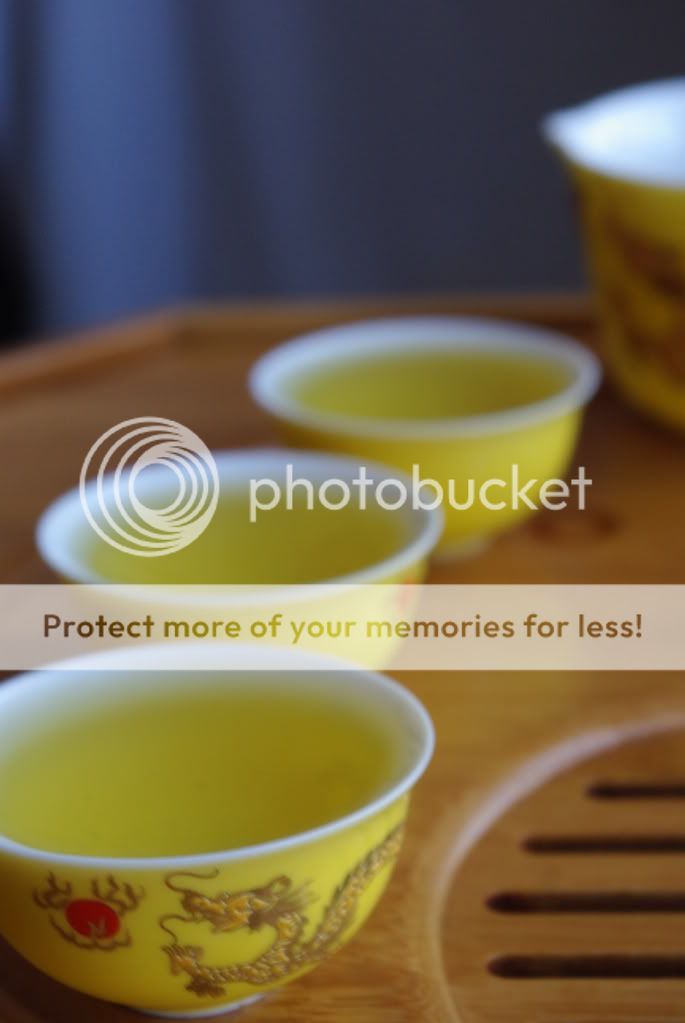
The taste… simply put… is bad. It was very bitter, very astringent, very strong, which means very bad. It also had this sour taste which made me glad I was doing this review alone because the face I made would have been rather comical. I actually said “wow” out load after taking the first sip because the strength and bitterness gave me such a punch.
Once I get over the bitter, sour taste there is a subtle lime-like aftertaste. It also has the signature green tea grassy aftertaste mixed somewhere in all of the bitterness.
I didn’t get a picture, but the wet, spent leaves were quite big for green tea… some as about as wide and long as thumb up to my first knuckle (keep in mind that I have a petite girly thumb).
I wasn’t ready to give up on this tea just yet. So I put a fresh batch of leaves in the gaiwan and steeped them my way – 160°F for one minute.
The color is noticeably lighter - as it is predicted to be - almost like a pastel yellow. The aroma of the tea is very subtle. I really had to put my nose to the cup to find it.
The taste is SO MUCH BETTER! If you ever wondered the significance of the brewing parameters… this is a prime example. The tea is not harsh like it was before. I can really taste the sweet grassy, vegetal flavor of the tea (and yes, I said sweet).
There is still some astringency in the aftertaste, but that is typical for green teas. The bitterness is no where to be found. I can’t believe this cup of tea came from the same leaves. The differences in the two cups are like night and day.
I am still going to play around with different times and temperatures to see if I can get an even better cup. If you are thinking about trying this tea… you might want to play around with the parameters as well to see what you like.
Sunday, March 1, 2009
Bigelow’s Constant Comment Review
Type: Black (decaffeinated)
Origin: Not Stated
Price: Sample (regular price - $17.75 for 20 pouches)
Vendor: Bigelow
Brewing Method: 1 bag, 1 cup of filtered water, heated to 200°F-205°F, steeped for 3 - 5 minutes
Overall Score: 4.8 out of 5
Constant Comment is a blend of decaffeinated black tea, rind of oranges, and spices. The first thing I smell is the orange followed closely by the spices. Even through the thick white teabag I can see big orange peel pieces lying against the dark bits of black tea leaves.
The aroma of the spices really comes out while the tea is steeping. The orange aroma settles more in the background and ties the overall aroma of the tea together. The liquor is a dark brown color.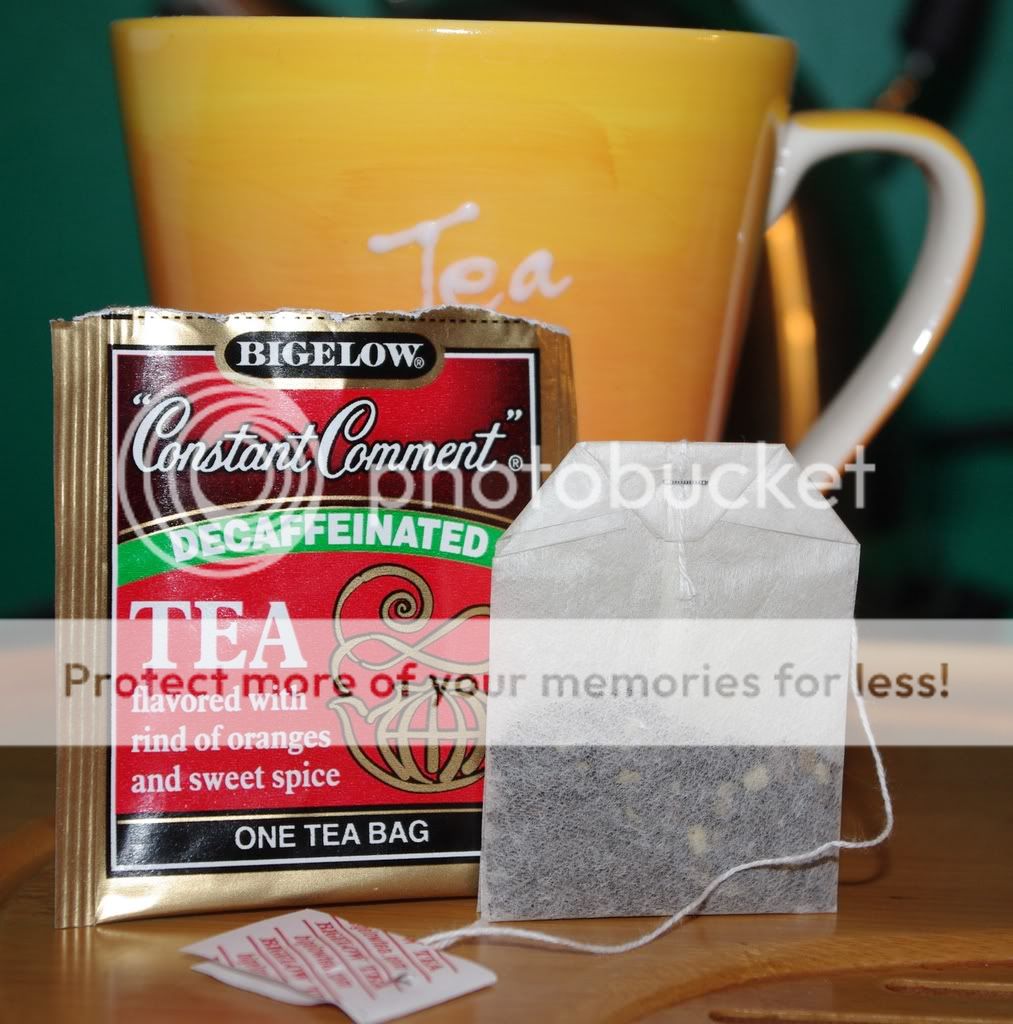
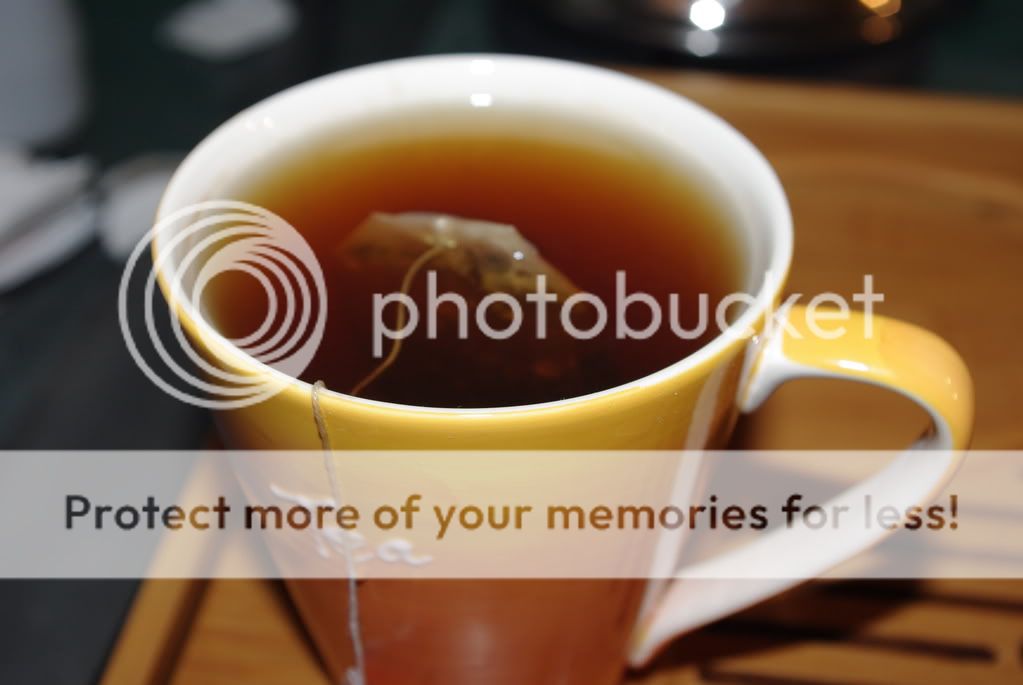
The taste is amazing! It is a brisk, but smooth, blend. The spice and orange flavors are right up front. I am not sure what is in the spice blend but I’m guessing that cinnamon is in there somewhere. I say that because in the aftertaste has a bite to it – some heat is left on the tongue. A slightly smoky black tea taste is also left to linger in the mouth.
I would say the tea is moderately sweet, but not candy-sweet, more like fruity-sweet. It is not bitter or astringent. If you like milk in your tea, I bet this tea would go really well with milk because it would smooth out the spices a little more.
I have never been a huge fan of Earl Grey, but I still like the idea of citrus in black tea. I guess it is just the particular taste of the bergamot oil that has turned me off from Earl Grey. Anyways, this blend of citrus and black tea is, well… freaking awesome!
Lately, I have been doing reviews for vendors who have sent me free tea (come on, who doesn’t love free tea?). However, I received this tea for free, but it wasn’t from Bigelow – it was from my grandmother. Apparently, my great-grandmother used to drink this particular tea all the time. My grandmother told me this as she handed me a couple of the teabags.
Here is some more information about Bigelow's Constant Comment:

